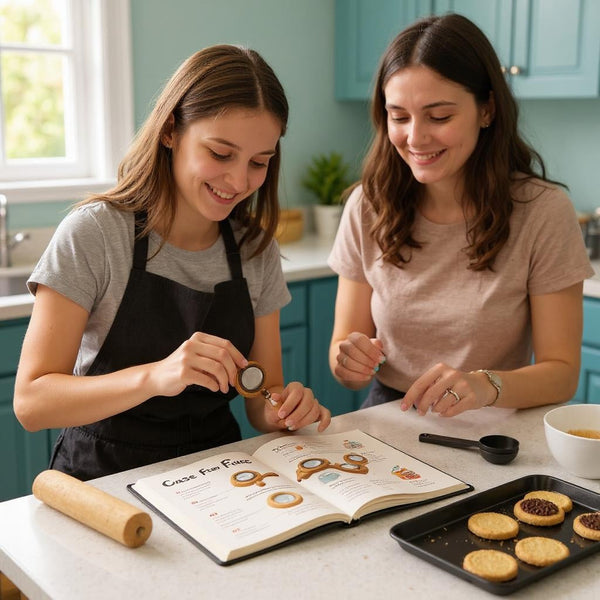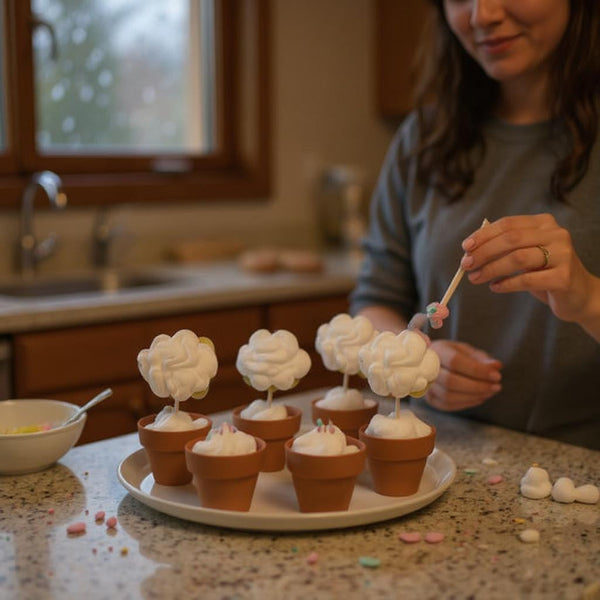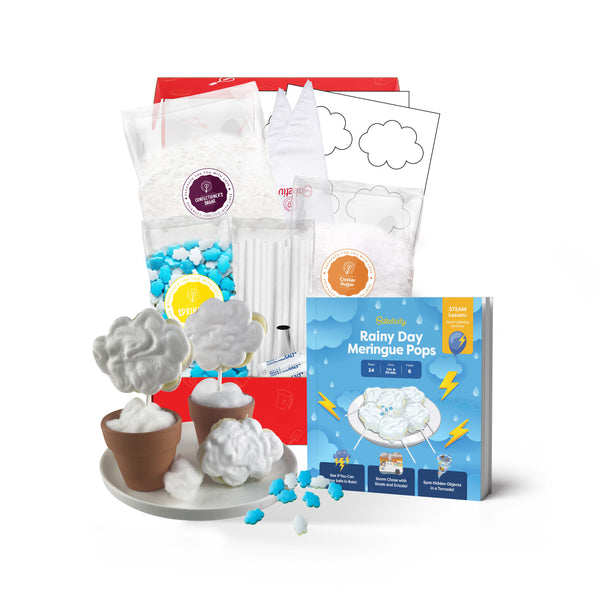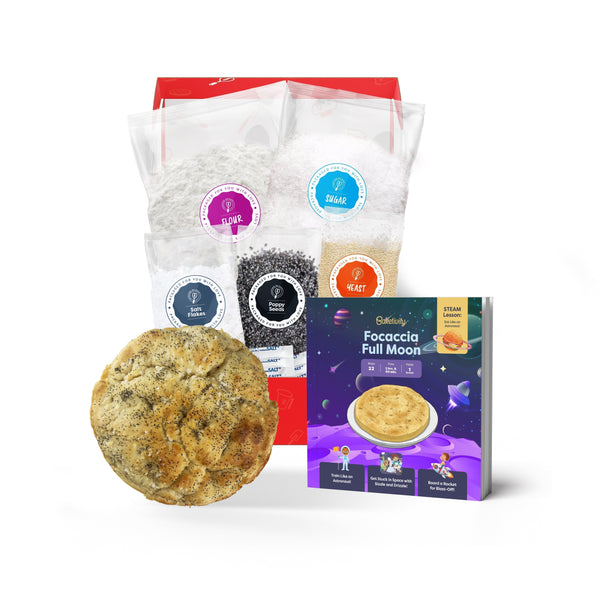Getting kids excited about learning doesn’t have to be limited to classrooms or textbooks. The kitchen is a magical place where everyday ingredients can spark creativity and curiosity. With a little guidance, kids can explore science, art, and even math through fun and simple kitchen experiments.
I’ve always loved how these activities combine hands-on learning with a sprinkle of messy fun. From watching baking soda fizz to creating edible rainbows, these experiments aren’t just entertaining—they’re a great way to bond and make lasting memories. Plus, they’re perfect for rainy days or when you’re looking for something new to try at home.
Benefits Of Kitchen Experiments For Kids
Incorporating kitchen experiments into a child’s routine provides multiple developmental benefits. These activities combine fun with skill-building opportunities that aid both cognitive and emotional growth.
Hands-On Learning Opportunities
Kids gain hands-on experience in problem-solving, measuring, and experimenting. For example, mixing vinegar and baking soda demonstrates chemical reactions tangibly for children.
Strengthening Motor Skills
Simple tasks like stirring, kneading, or pouring improve fine motor coordination. Activities such as rolling dough or slicing bananas enhance hand-eye coordination effectively.
Encouraging Scientific Thinking
Kitchen experiments introduce basic scientific concepts like reactions, states of matter, and temperature changes. For instance, observing ice melting fosters curiosity about physical transformations.
Enhancing Math Skills
Recipes teach measurements, fractions, and sequencing. Asking kids to measure two cups of flour or halve a recipe reinforces real-world math application.
Boosting Confidence
Accomplishing tasks and witnessing final results increase confidence. Successfully baking cookies, for instance, lets kids feel a sense of achievement.
Supporting Emotional Development
Collaborative cooking teaches patience, cooperation, and teamwork. Sharing responsibilities like setting timers for experiments encourages responsibility and maturity.
Essential Safety Tips For Kitchen Experiments
Ensuring safety during kitchen experiments is crucial. I follow simple yet effective tips to keep kids safe and engaged while exploring.
Supervision And Precautions
I always stay nearby when kids are experimenting in the kitchen. Constant supervision prevents accidents and allows me to guide them through tasks. Clear rules help set boundaries—for example, no touching knives or hot surfaces.
Smaller activities, like stirring or adding ingredients, are safer when assigned to younger kids. Explaining the purpose of safety measures, like holding bowls steady during mixing, instills awareness without dampening their enthusiasm.
Safe Tools And Ingredients
I choose child-friendly tools with smooth edges, such as plastic measuring cups or rubber spatulas. For cutting tasks, I use kid-safe knives designed to prevent injuries. Ensuring tools are appropriate for their abilities reduces risks.
Ingredients used are edible and non-toxic. If experiments involve substances like vinegar and baking soda, I explain they're safe to touch but not to ingest directly. I avoid allergens or irritants to create a worry-free environment.
Fun And Easy Kitchen Experiments
Engaging kids in simple kitchen experiments combines learning with play. These hands-on activities spark curiosity while keeping messes manageable.
Making Slime With Cornstarch And Water
I mix 1 cup of cornstarch with 1/2 cup of water in a bowl to create non-Newtonian slime. Stirring slowly forms a thick, gooey substance, while applying pressure makes it behave like a solid. Adding a few drops of food coloring can make this experiment visually exciting. This activity introduces kids to the concept of viscosity and the unique properties of non-Newtonian fluids.
Exploring Volcano Reactions With Baking Soda And Vinegar
I create a classic "volcano" by combining 2 tablespoons of baking soda with 1/4 cup of vinegar. Placing baking soda in a small container and slowly pouring in the vinegar causes a fizzy eruption. For added fun, I mix in red food coloring to mimic lava. This experiment demonstrates acid-base reactions in real time, making science accessible and thrilling.
Creating Edible Rock Candy
I dissolve 3 cups of sugar into 1 cup of boiling water to prepare a sugar solution. After the mixture cools slightly, I pour it into a glass jar and suspend a stick or string in the liquid. Leaving the jar in a safe place for about 7 days forms crystal-like candy. Kids can observe the growth of sugar crystals daily. This project teaches about supersaturation and crystallization while producing a tasty treat.
Educational Value Of Kitchen Experiments
Kitchen experiments transform simple activities into powerful learning experiences. They create opportunities to explore STEM concepts and develop essential life skills in innovative ways.
Introducing STEM Concepts
Children experience science, technology, engineering, and math through real-world, interactive tasks in the kitchen. Measuring ingredients teaches basic math principles like addition and fractions. Experiments like baking soda and vinegar volcanoes illustrate chemical reactions, while making homemade ice cream explores the science of freezing points. Observing results hands-on helps kids link abstract STEM ideas to tangible outcomes. These activities provide a meaningful foundation for understanding complex topics later.
Enhancing Creativity And Problem-Solving
Creativity flourishes when kids engage in open-ended kitchen experiments. Activities such as designing their unique cookie shapes or layering liquids of different densities encourage imagination. Facing challenges like fixing dough that's too sticky fosters problem-solving by requiring critical thinking and adaptability. By experimenting with recipes or methods, children practice decision-making and learn to approach problems methodically, helping to develop resilience and innovative thinking.
Tips For Engaging Your Kids In Kitchen Experiments
Engaging kids in kitchen experiments can be both fun and educational. By approaching these activities thoughtfully, you can spark their excitement and make learning enjoyable.
Choosing Age-Appropriate Activities
Selecting activities that fit your child's age ensures safe and meaningful engagement. Younger children can focus on simple tasks like mixing ingredients, sprinkling toppings, or observing color changes. For example, let them mix water and food coloring to explore primary and secondary colors. Older kids can handle more complex tasks like measuring, timing, or understanding chemical reactions—such as experimenting with baking soda and vinegar. Aligning activities with their skill level keeps them interested and prevents frustration.
Encouraging Curiosity And Questions
Fostering curiosity transforms experiments into impactful learning opportunities. Invite questions by asking things like, "What do you think will happen if we mix these?" or "Why do you think this dough rises?" Celebrate their observations and provide simple explanations to deepen understanding. For example, explain how yeast acts like a living organism that produces gas when activated. Encouraging kids to predict outcomes and discuss results enhances their critical thinking and keeps them engaged throughout the experiments.
Conclusion
Kitchen experiments offer so much more than just fun—they're a gateway to learning, creativity, and connection. Watching kids light up with curiosity as they mix, measure, and discover is truly rewarding. These activities spark their imagination while teaching valuable skills they'll carry with them for years.
By creating a safe and engaging environment, we can turn everyday moments into opportunities for growth and bonding. So grab some ingredients, embrace the mess, and enjoy the magic of learning together in the heart of your home.



